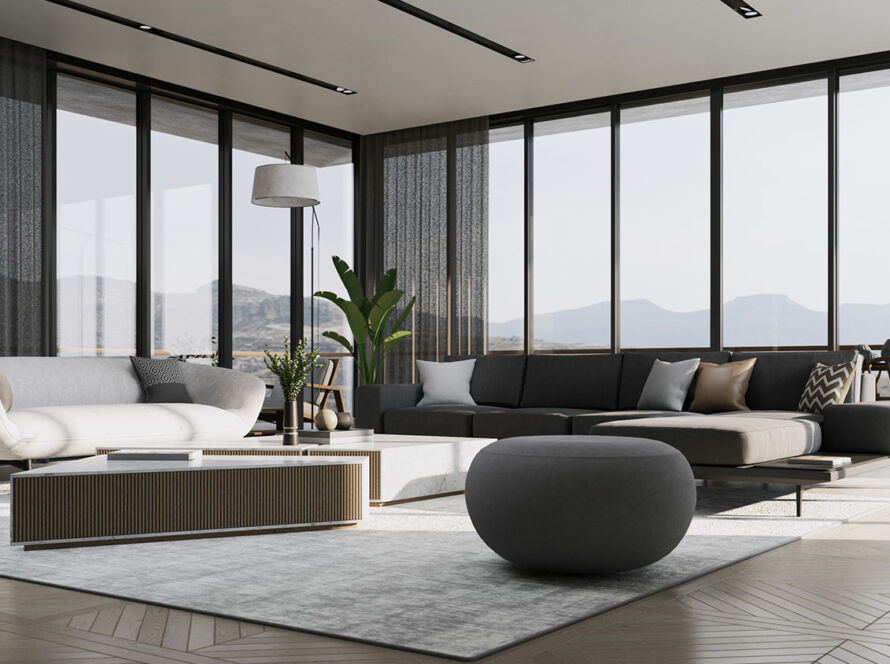As technology continues to evolve, so does the way we design things. 3D design is one of the latest and most popular ways to create three-dimensional objects on a computer. If you’re new to 3D design, there are a few terms you should know before getting started. In this blog post, we’ll introduce you to three essential 3D design terms: CAD, STL, and 3D printing. By the end, you’ll have a better understanding of how these technologies work and how they can be used in your own projects.
What is 3D design?
3D design is a process of creating three-dimensional models or illustrations from scratch, or by manipulating existing models. The final product can be static or animated.
When starting a 3D design project, the first step is to determine the purpose of the model or animation. Will it be for personal use, or will it be shared with others? Once the purpose is clear, the next step is to gather reference material. This can include photos, sketches, and existing 3D models.
With the reference material in hand, the next step is to begin sketching out ideas. These sketches will help to determine the overall form and look of the final model or animation. From there, the modeling process can begin. This involves creating 3D shapes and adding details like textures and colors.

The last step in the process is to render the final image or animation. This step makes use of specialized software to create a realistic or stylized representation of the model or scene.
The different types of 3D design
There are three main types of 3D design: solid, wireframe, and surface.
- Solid: A solid is a 3D object that has volume and mass. It is the most common type of 3D object used in design and engineering.
- Wireframe: A wireframe is a 3D object that has no volume or mass. It is made up of only lines and points, which makes it very light and easy to work with.
- Surface: A surface is a 2D object that has been extended into the third dimension. It has no volume or mass, but it does have thickness.
Pros and cons of 3D design
3D design is a field of graphic design that uses three-dimensional images to create designs. This type of design is often used in architecture, engineering, and product design. While there are many advantages to using 3D design, there are also some disadvantages.
Pros:
- Three-dimensional images provide a realistic view of how a product will look when it is completed. This can be helpful in spotting errors or flaws that might not be apparent in two-dimensional drawings.
- Three-dimensional images can also be rotated and viewed from different angles, which can give designers a better understanding of the product they are creating.
- 3D design software is often more user-friendly than 2D software, making it easier for designers to create complex designs.
Cons:
- Creating 3D designs can be time-consuming, especially if the designer is starting from scratch.
- Designers must have a strong understanding of geometry and spatial relationships in order to create accurate 3D designs.
- Rendering 3D images can require powerful computers and software, which can be expensive.
What are the benefits of 3D design?
When it comes to three-dimensional design, the benefits are seemingly endless. For one, three-dimensional design provides a realistic representation of an object or space. This allows designers to get a better sense of proportion, scale, and form when creating their designs. Additionally, three-dimensional design can help bring ideas to life in a way that two-dimensional design simply cannot.

Another benefit of three-dimensional design is that it allows for more collaboration between designers. When working in three dimensions, designers can more easily share their work with others and solicit feedback. This can be invaluable in the design process, as it can help ensure that everyone is on the same page and that the final product meets everyone’s expectations.
Finally, three-dimensional design is simply more fun than two-dimensional design. Not only does it provide a more immersive experience for the designer, but it also allows for greater creativity and freedom when crafting a design. Simply put, three-dimensional design is an essential tool for any serious designer.
How does 3D design impact the user experience?
Three-dimensional (3D) design is becoming increasingly popular in a variety of industries as it offers a more realistic and immersive experience for users. In the world of user experience (UX), 3D design can be used to create prototypes and mockups that give users a better sense of how a product will work in real life. Additionally, 3D design can be used to create visualizations of data sets that are otherwise difficult to understand.
When used correctly, 3D design can have a positive impact on the UX by providing a more realistic and immersive experience for users. However, if not used correctly, 3D design can actually hinder the UX by making it more difficult for users to understand what they are seeing.
How can 3D design be used in marketing?
In the marketing world, three-dimensional (3D) design can be used to create physical product mockups, prototypes, and models. It can also be used to create digital content such as still images, animations, and even video.
When used for physical product mockups and prototypes, 3D design can help marketers get a better understanding of how a product will look and feel in the hands of consumers. This type of design can also be used to create packaging prototypes so that marketers can see how a product will look on store shelves.
Digital 3D content can be used in a variety of ways to support marketing campaigns. For example, still images can be used in online ads and social media posts, while animations and videos can be used on websites and in online commercials. 3D design can also be used to create virtual reality (VR) experiences that give potential customers a taste of what it would be like to use a product or service.
Conclusion
Designing in 3D can be a bit daunting if you’re not familiar with the terms and jargon. However, armed with a basic understanding of some key concepts, you’ll be well on your way to becoming a pro at 3D design. In this article, we’ve introduced you to 10 essential 3D design terms that will help get you started. Do you have any other favorite 3D design terms? Let us know in the comments below!





